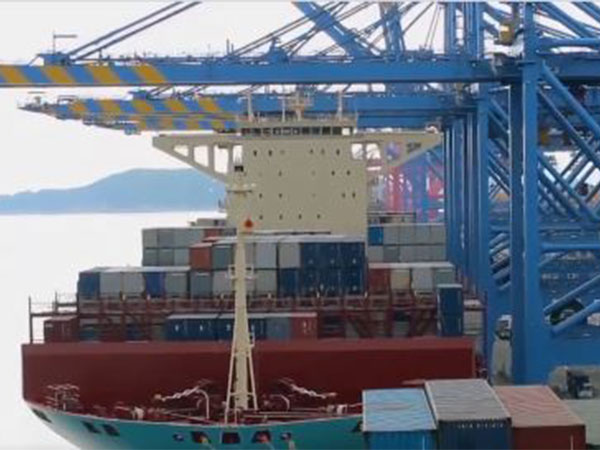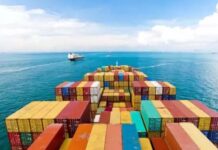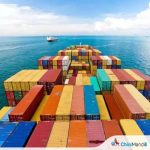New Delhi: Bunkering activity in India has experienced significant growth in 2024, with the total number of bunkering and ship-to-ship calls to Indian ports increasing by 64 per cent year-on-year through July.
According to data made available by S&P Global Commodities at Sea, the total number of bunkering and ship-to-ship calls to Indian ports surpassed 6,765 compared with just 4,113 during the same period in 2023.
As per definition, refueling of cargo vessels is known as bunkering – an activity that is performed daily at ports all around the world.
This time, the monsoon has had little effect in Mumbai, said S&P Global Commodity Insights, citing market participants’ views.
Mumbai, which is one of the major bunkering hubs in the country, saw a 53 per cent rise in total bunkering and ship-to-ship calls, data showed.
“Attacks on shipping in the Red Sea have prompted shipowners to take longer voyages around Africa. This disruption caused a substantial increase in monsoon bunker demand at Indian ports, which is typically lower due to weather disruptions,” said S&P Global Commodity Insights commentary on bunker activity in India.
It said the growth was further fueled by favorable pricing and consistent supply from domestic refineries since the second quarter of 2024.
“During the Southwest monsoon period from June to September, certain port authorities impose restrictions on barge movement due to unfavorable weather conditions impacting anchorage supplies.”
Total Bunkering and ship-to-ship calls fell to 26 per cent month-over-month to 357 in July 2024 for Gujrat-based ports, data showed.
Gujarat ports include Kandla, Sikka, Vadinar Terminal, Port Okha, Bedi Bunder, Navlakhi, and Mundra, Dahej, Hazira, Jafrabad, Magdalla, and Pipavav.
Among those ports, Haldia market demand remained stable, with consistent supply maintaining market stability.
Demand at Kochi port remained stable. Market sentiment in Kochi has remained stable, but some suppliers experienced product shortages in July, leading to a decrease in their monthly volumes. However, suppliers who had the product saw increased volumes as customers shifted to them, the commentary noted.
An increase in bunker demand at Colombo led to a decline in Kochi, S&P Global Commodity Insights asserted. Increased demand led to supply tightness in Sri Lanka, mainly impacting Colombo and Hambantota, while Trincomalee remained unaffected. (ANI)











